Fall Protection & Safety
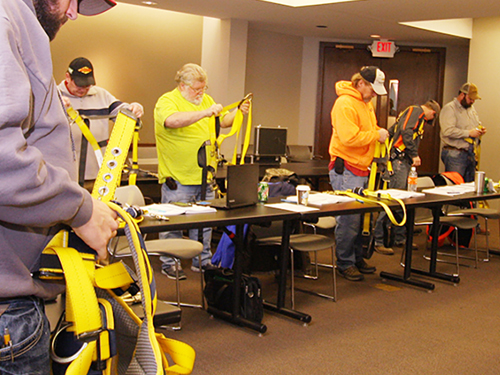
COURSE LENGTH: 3 DAYS (24 HOURS)
COURSE LOCATIONS: Norfolk VA, National City CA
This course will give the personnel the ability to identify potential fall hazards, determine which fall protection equipment is needed, the application limits, and proper anchoring and tie-off techniques.
Personnel will also be trained in the proper use, inspection, and storage of their equipment.
COURSE OBJECTIVES
REFERENCE
- 29 Code of Federal Regulation Parts 1915.159, 1915.60.
FUNCTIONS – Candidates will complete training in all aspects of fall protection requirements and use including anchorage selection, body harness, connectors, decent/rescue planning, and equipment inspection. Candidates will also don fall protection equipment, achieving proper fit and conduct suspension.
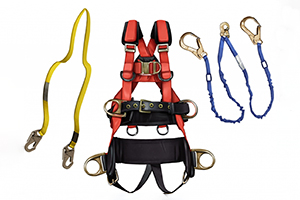
INTRODUCTION
Covers OSHA regulations, ANSI standards and the roles of an Authorized Person, Competent Person and Qualified Person.
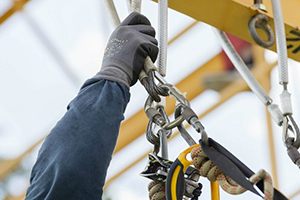
FALL PROTECTION BASICS
Covers Fall Protection hierarchy, fall arrest/restraint systems, fall hazards and components of a personal fall arrest system.
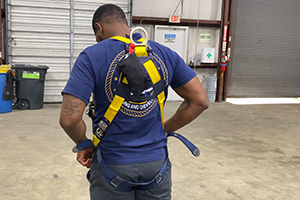
FULL BODY HARNESS
Covers the 4 point inspection, how to wear, and how to adjust the full body harness.
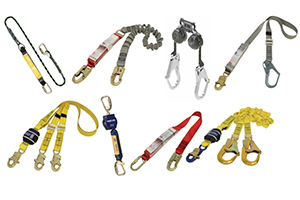
CONNECTORS
Covers the ANSI standards, hazards associated with connectors and best practices when using connectors.
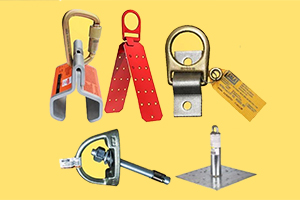
ANCHORAGES
Covers certified and improvised anchorages and inappropriate and effective anchors.
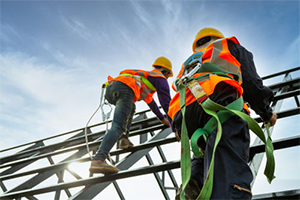
SPECIALIZED EQUIPMENT
Covers hazards with self-retracting lifelines, care and inspection and hazards of horizontal lifelines.
Fall Protection Basics – Identify different types, equipment limits, and equipment recalibration dates. Introduce the five hierarchies, explain what they are, why they were created, and explain the importance of each.
Full Body Harness – Identify the proper attachment point on a full body harness for fall arrest and describe the function of all other attachment points on a harness.
Connectors – Identify some of the hazards associated with connectors. Describe the ANSI (American National Standards Institute) requirements. Present the tensile strength for each connector.
Anchorage – Explain the difference between Improvised and Certified anchorage. Identify anchor connectors and demonstrate how to properly use them.
Specialized Equipment – Discuss hazards associated with the use of Self-Retracting Lanyards (SRLs). Explain the hazards of using SRLs.
Rescue Basics – Explain the importance of a rescue plan. List some examples of different types of rescues. Describe some hazards associated with rescues.
Equipment Inspection – Explain American National Standards Institute (ANSI) for equipment inspection.
Performance Review Evaluate for Remediation – Ensure trainee grasp the information presented through PowerPoints. Assess trainee ability to perform what was learned.
Instructor Responsibilities – This position has no supervisory responsibilities.
Reporting Relationship – Will report to assigned supervisor.
Qualifications – 3 Year Expiration (IAW 29 CFR 1915- Subpart I)
Working Conditions – This position is considered SHOP/OUTDOORS which is characterized as follows.
- Primarily outdoors during the day
- Frequently working on or near moving equipment and vibrating equipment
- Humidity is frequently above 90%
- Noise is over 85 decibels
- Light is intense/glare
- Occasional exposure to open fire/flames/sparks
- Frequent exposure to airborne dust, fumes, and gases
- Work surface is stable
- Requires working in very hot (above 90 F degrees) or very cold (below 32 F degrees) temperatures
